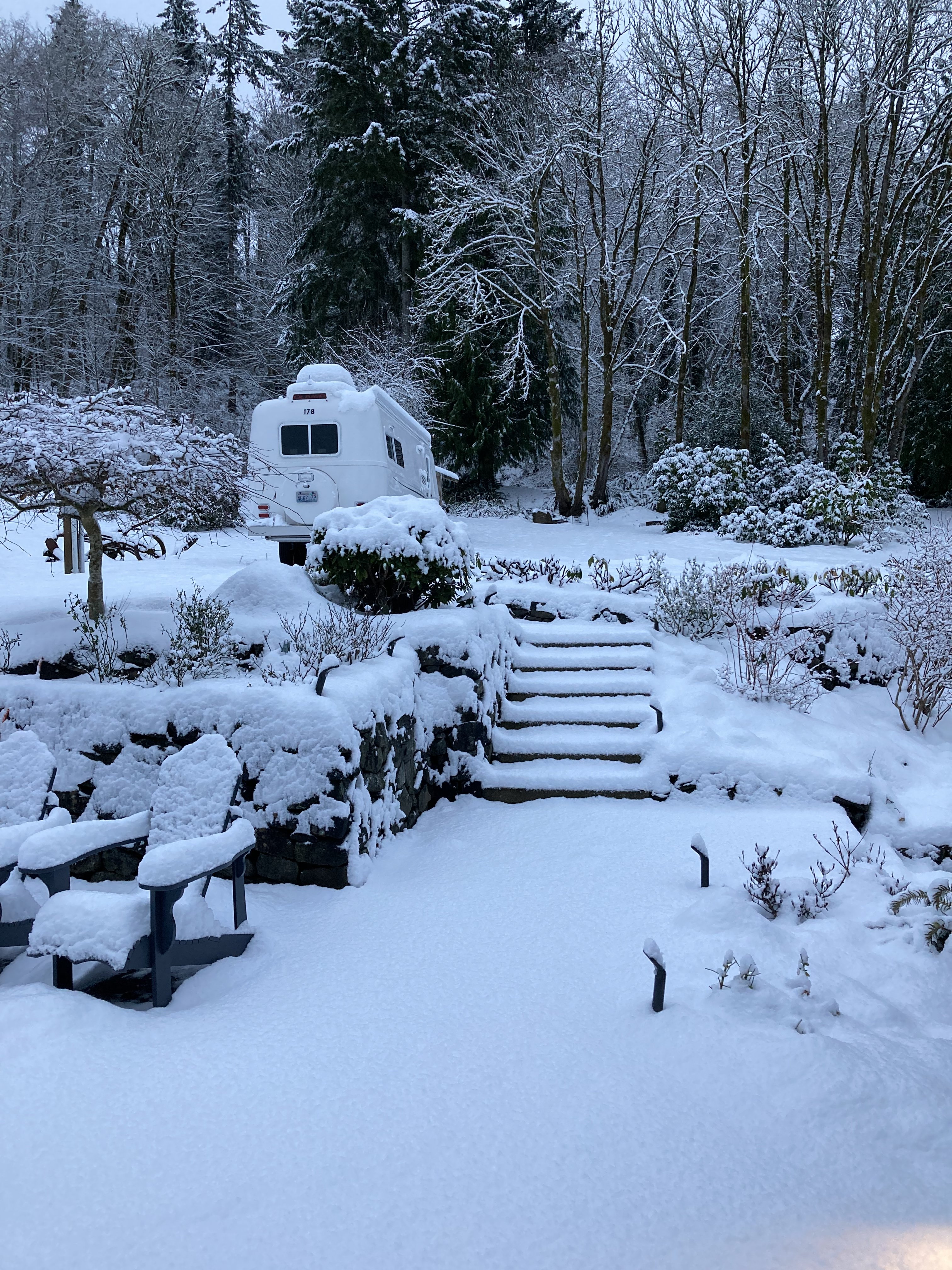This whole topic string is nuts to me. Way too complex and busy for a trailer to take camping. All of this lithium battery re-engineering, rework, etc. seems expensive, tedious, and frought with risk. It makes my Blue Sky system with AGM batteries, solar panel, and inverter seem simple in comparison. It has been sitting outside here in the northwest for over 5 years and still operating just fine. I know I would not buy a used trailer that had been converted from AGM to lithium after it left the factory. Too risky.

